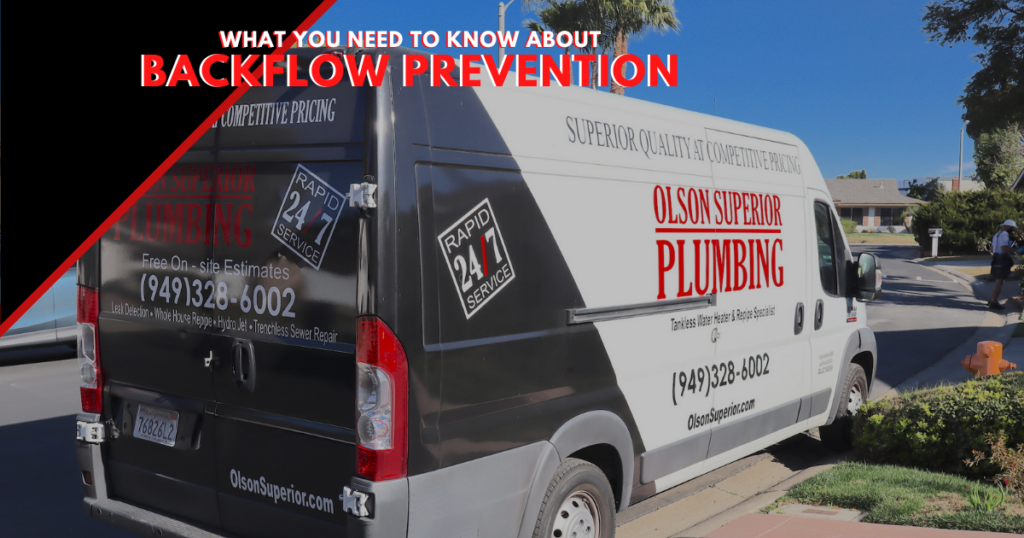Every homeowner knows that smart irrigation design is essential for the long-term health and well-being of your landscaping and plants.
A properly designed irrigation system will ensure that water used for landscaping is kept separate from the water used for drinking. This will help prevent any contamination. If you have an irrigation system installed in Orange County, CA, it is crucial that you have a back-flow preventer. Here’s a quick overview of back-flow preventers and their benefits.
Everything about Back-flow Prevention
The Uniform Plumbing Code requires irrigation systems to be approved for back-flow prevention. These prevent water contamination from the public water supply from your town and anywhere in Orange County, CA.
Back-flow refers to water flow reversed by accidental actions that occur when water systems are connected with irrigation methods.
Back-flow can lead to herbicides, fertilizers and other harmful substances being released from the irrigation system into the public drinking water supply.
Two main reasons for backflow in irrigation systems are backpressure and back-siphonage.
Backpressure is when the system pressure exceeds the pressure from the supply. If a pump is connected downstream to a service line, this could happen. This setup increases the likelihood of back pain due to extra pressure.
Back siphonage is when water is being pulled back due to a decrease or overall negative pressure on the water supply side. The cross-link of the irrigation line may not have a backflow preventer. If this happens, the contaminated water could be drawn to the source by sprinklers or other emitters.
There are a few types of backflow prevention devices available in Orange County, CA.
Atmospheric vacuum breaks: These valves will give you the best overall security while being the most expensive back-flow preventions. These valves are typically made of brass or plastic and can be ordered in either manual or electrical forms.
They are installed at the irrigation system’s facet, at least six inches from the highest emission stage. The floating disc is designed to stop siphonage and seal off the air ducts under pressure. It will collapse to let air flow downstream after it has been depressurized.
Pressure vacuum breaker: A PVB, which is the next level up from AVB, is a pressure vacuum breaker. This device prevents siphonage. It has a spring-loaded check valve, which closes when water stops flowing. There is also an air relief valve that opens to stop the siphon from being broken if pressure drops to 1 psi.
Double-check valve assembly: A DCV includes a pair of spring-loaded check devices that prevent back-siphonage as well as back pressure on non-hazardous systems. It can be installed underground in a valve box. Make sure to understand the codes.
Low-pressure assembly: This type of device provides the best protection against both types of backflow and is approved for use in high-hazard situations.
If you have any questions, call our 24/7 Rapid Response Team at 949-328-6002 or email us at [email protected] – If you want more information online, please visit us @https://www.OlsonSuperior.com
For industry insights, announcements, and tips make sure to follow our blog at: olsonsuperior.com/blog


